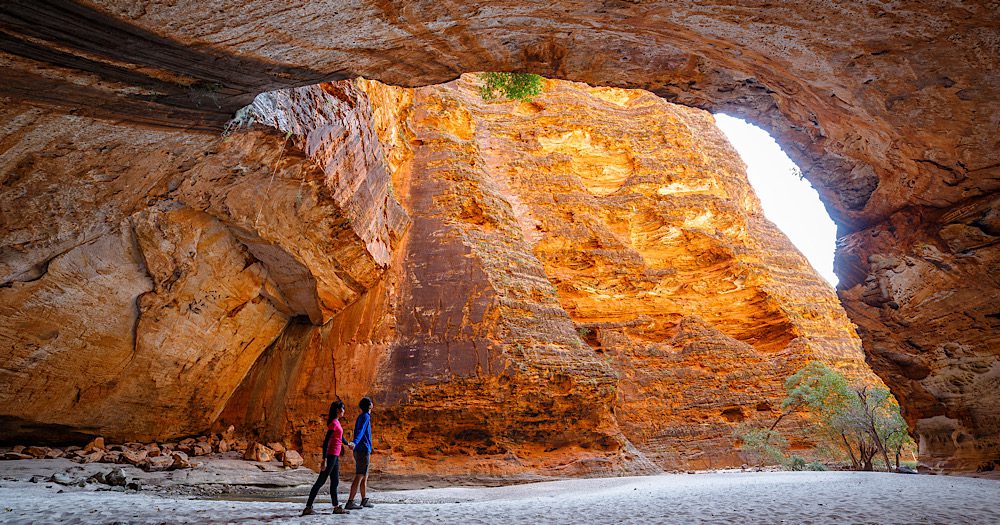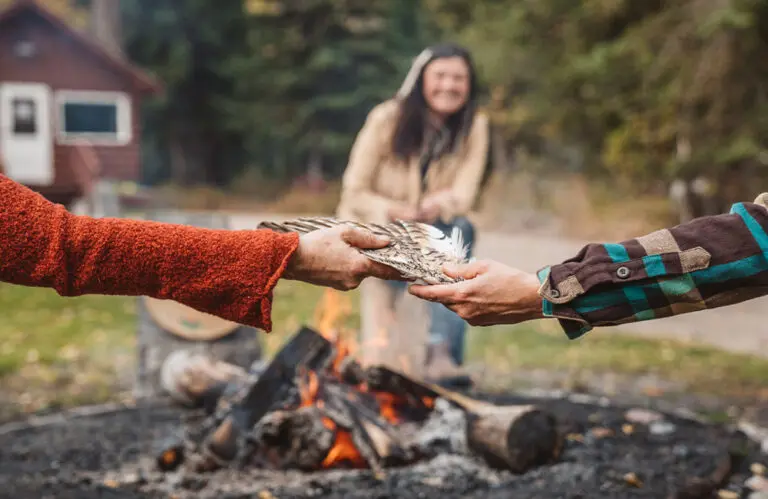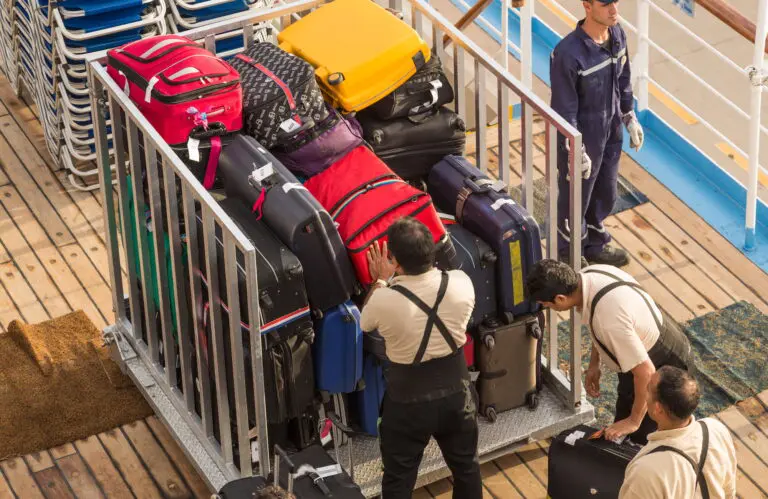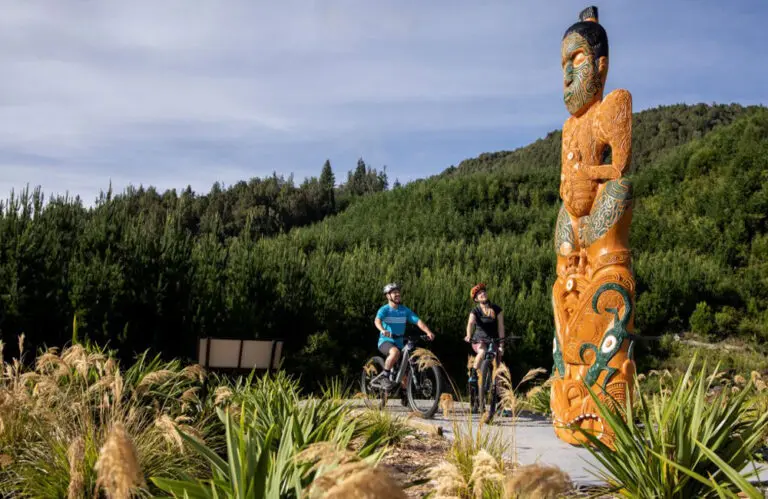I’d hate to think that an Acknowledgement of Country (or worse still, a Welcome to Country) is a token afterthought. That it’s like the FBI warnings you’d get at the beginning of old video tapes. The bit you fast forwarded through. Here’s how to write your Acknowledgement of Country in a meaningful way.
It’s easy to think that an Acknowledgement of Country is just a box to be ticked. But it can have so much meaning when done right.
To be honest though, writing an Acknowledgement of Country can be scary. You don’t want to get it wrong and offend the very people to whom you want to show respect.
But you’re only wrong until you’re not.
And with that I warn, there may be mistakes in some of what I write below. And I fully welcome feedback. This is a journey of discovery after all. That’s why we travel, yeah? To put soy sauce on our rice in Japan (never do this). To order a bit of penis (pene) instead of penne in Italy.
I am not a Traditional Custodian. But I really do want to show my respect and awe of their continuing connection to the land and waters we are so lucky to share with them. And as a parent and someone privileged with a voice, I have a responsibility to learn from the wisdom and experience of our Traditional Custodians to become a better caretaker of this planet and its people. But how do I acknowledge all of that?
To use a template or not
Sometimes people say things better than you ever think you could. So a bit of copy and paste may be the answer for you.
There are definitely templates out there in Googleland. Or you can go through your inbox and see how others have done it. But before you do any of that, reflect on what you’re saying and why it matters to you.
This. Watch this.
What really changed things for me was watching my kid’s class first deliver an Acknowledgement of Country at school. And dammit if I don’t get teary every time.
This is what they say at the beginning of a gathering:
“Here is the land, here is the sky. Here are my friends and here am I. We thank the ______ people for the land on which we play and learn. Hands up, hands down, we’re on _______ ground.”
The kids were taught more than the words to this. They were taught why they were saying the words. And they understand the words; they’re contextualised accordingly. This is why it works. Why it has meaning.
There are certain things you ‘should’ include in an Acknowledgement of Country, but I think the journey of writing one yourself makes the action more meaningful.
So what ‘needs’ to go into an Acknowledgement of Country?
For this, I turned to editor and copywriter Danika Davis. Danika is a proud First Nations person whose piece, The digital Acknowledgement of Country, is full of useful insights.
“The Traditional Custodians of the land you live and work on are still the Custodians,” she writes.
By adding a digital Acknowledgement of Country, she says “you’re broadcasting that you understand and acknowledge they:
- have a deep spiritual connection to the lands and waters where you are
- are the First Peoples of the land
- are the rightful ‘owners’ (though some reject the terminology of ‘owning’ the land).”
To find out who the Traditional Custodians of your area are isn’t just a matter of typing in your post code. In some parts of the country the Traditional Custodians of a place is pretty clear. In other places, research is still ongoing.
According to AIATSIS, there are a number of resources to help you on your journey:
- Check your local council’s website, which may include an Acknowledgement of Country to inspire yours. Be mindful that one council and even one post code may include the lands of more than one group of Traditional Custodians.
- A number of states and territories have First Nation peoples consultative bodies which may be able to offer advice.
If you cannot include specific Traditional Custodians, it’s okay to be general. Or even include more than one if you are working from multiple destinations like the office or at home.
Some points to note
Danika shares some really useful things to consider when writing your Acknowledgement of Country:
- Elders, Country, First Peoples all use a capital for respect.
- Custodians is preferred by some people over ‘Owners’, as it better encompasses the connection to land and the way we care for it.
- Many people dislike being called ‘Indigenous’ as it was a reference used by colonial record keepers, to say the First Peoples were not seen as ‘people’, but part of the flora and fauna. My opinion is to avoid it in communications.
- Acknowledging future or emerging Elders is seen as a puzzling practice by many, as our communities are led by our Elders and the point of Acknowledging is to respect them, not people who are not them yet.
For more information, check out Share our Pride by Reconciliation Australia.






